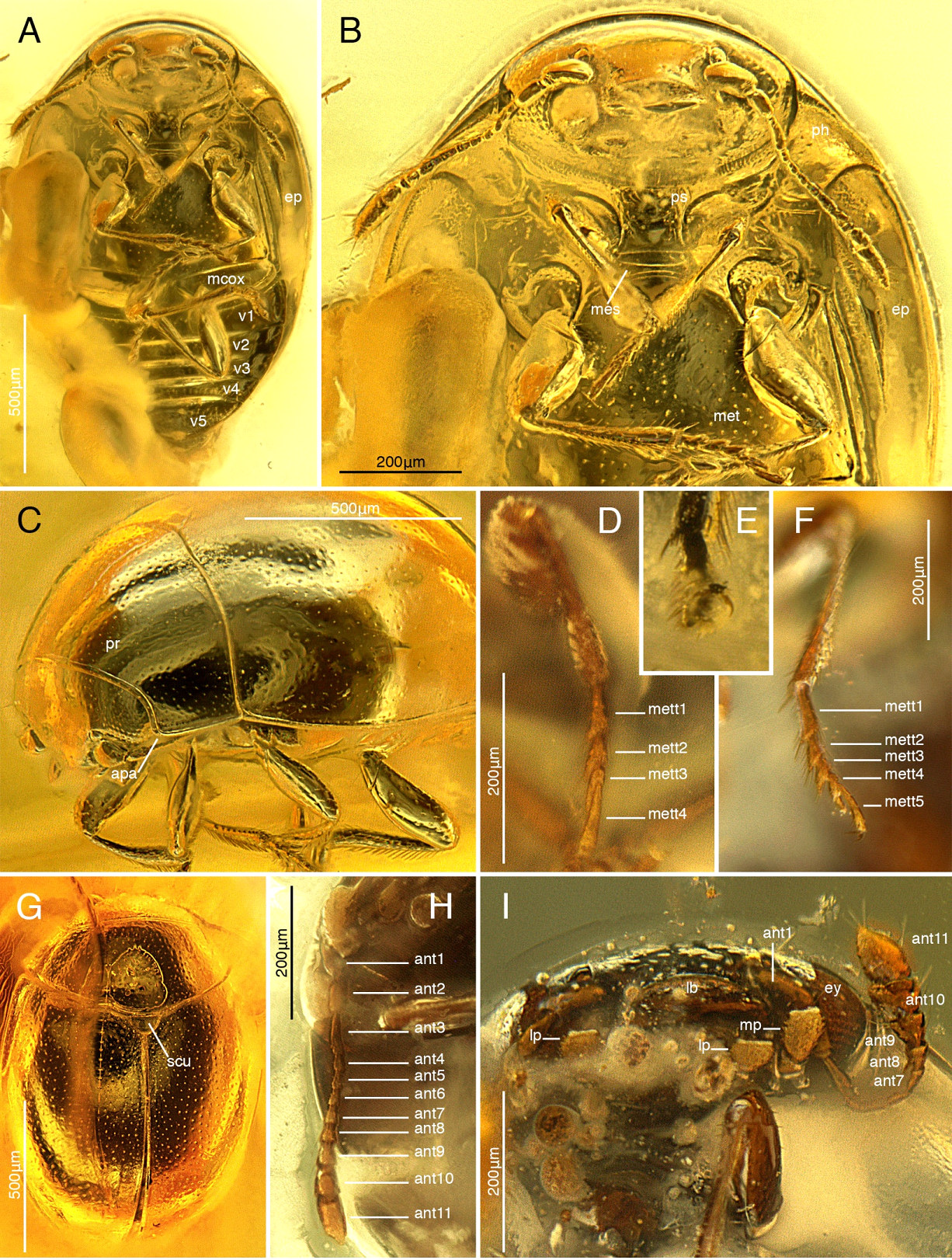|
Cyclaxyra Politula
''Cyclaxyra politula'' is a species of cucujoid beetle in the family Cyclaxyridae Cyclaxyridae are a family of beetles in the superfamily Cucujoidea. The only living genus is ''Cyclaxyra'', with two species endemic to New Zealand. Other species have been named from fossils. They are also known as sooty mould beetles due to the .... It is endemic to New Zealand, found on the North Island, South Island, and Stewart Island. References Cucujoidea Beetles described in 1881 Taxa named by Thomas Broun {{cucujoidea-stub ... [...More Info...] [...Related Items...] OR: [Wikipedia] [Google] [Baidu] |
Thomas Broun
Thomas Broun (15 July 1838 – 24 August 1919) was a New Zealand soldier, farmer, teacher and entomologist. He was born in Edinburgh, Midlothian, Scotland on 15 July 1838. BibliographyDescriptions of new genera and species of coleoptera ''Bulletin of the Royal Society of New Zealand'' 1 (1917). List of honours * Chevalier de la Légion d'honneur (France), 1916. References External linksDigitized works by Thomas Brounat Biodiversity Heritage Library The Biodiversity Heritage Library (BHL) is the world’s largest open access digital library for biodiversity literature and archives. BHL operates as worldwide consortiumof natural history, botanical, research, and national libraries working toge ... 1838 births 1919 deaths New Zealand farmers New Zealand educators Scottish emigrants to New Zealand New Zealand entomologists New Zealand recipients of the Légion d'honneur Military leaders of the New Zealand Wars New Zealand military personnel Scientists from Ed ... [...More Info...] [...Related Items...] OR: [Wikipedia] [Google] [Baidu] |
Cyclaxyridae
Cyclaxyridae are a family of beetles in the superfamily Cucujoidea. The only living genus is ''Cyclaxyra'', with two species endemic to New Zealand. Other species have been named from fossils. They are also known as sooty mould beetles due to the association of ''Cyclaxyra'' with sooty mould. The extant species are mycophagous, feeding on spores, conidia, and hyphae. Genera * ''Cyclaxyra'' Broun, 1893, New Zealand, recent ** ''Cyclaxyra jelineki'' Gimmel, 2009 ** ''Cyclaxyra politula'' (Broun, 1881) * †'' Electroxyra'' Gimmel, Szawaryn, Cai and Leschen, 2019 ** ''Electroxyra cretacea'' (Wu in Wu, Li and Ding, 2018) Burmese amber, Myanmar, Late Cretaceous (Cenomanian) * †'' Pacyclaxyra'' Tihelka, Huang and Cai, 2021 ** ''Pacyclaxyra azari'' Tihelka, Huang and Cai, 2021 Burmese amber, Myanmar, Cenomanian * †'' Neolitochropus'' Lyubarsky and Perkovsky, 2016 ** ''Neolitochropus hoffeinsorum'' Lyubarsky & Perkovsky, 2016 Bitterfeld amber, Rovno amber, Baltic amber, Europe, Eoce ... [...More Info...] [...Related Items...] OR: [Wikipedia] [Google] [Baidu] |
Cucujoidea
Cucujoidea is a superfamily of beetles. This group formerly included all of the families now included in the superfamily Coccinelloidea. They include some fungus beetles and a diversity of lineages of "bark beetles" unrelated to the "true" bark beetles ( Scolytinae), which are weevils (superfamily Curculionoidea). Morphology The morphology of Cucujoidea is varied and there are no features uniting all members of the superfamily. Adults can be recognised by the procoxal cavities being internally open in most taxa, females having tarsal formula 5-5-5 and males 5-5-5 or 5-5-4 (rarely 4-4-4), females with tergite VIII concealed dorsally by tergite VII, and males with tergite X completely membraneous. Larvae have frontal arms usually lyriform, the mandible mesal surface usually with well-developed mola, a maxillary articulating area usually present, a hypopharyngeal sclerome usually present, and two pretarsal setae. Taxonomy According to a 2015 revision, the following 25 families ... [...More Info...] [...Related Items...] OR: [Wikipedia] [Google] [Baidu] |
Beetles Described In 1881
Beetles are insects that form the order Coleoptera (), in the superorder Endopterygota. Their front pair of wings are hardened into wing-cases, elytra, distinguishing them from most other insects. The Coleoptera, with about 400,000 described species, is the largest of all orders, constituting almost 40% of described insects and 25% of all known animal life-forms; new species are discovered frequently, with estimates suggesting that there are between 0.9 and 2.1 million total species. Found in almost every habitat except the sea and the polar regions, they interact with their ecosystems in several ways: beetles often feed on plants and fungi, break down animal and plant debris, and eat other invertebrates. Some species are serious agricultural pests, such as the Colorado potato beetle, while others such as Coccinellidae (ladybirds or ladybugs) eat aphids, scale insects, thrips, and other plant-sucking insects that damage crops. Beetles typically have a particularly hard exoske ... [...More Info...] [...Related Items...] OR: [Wikipedia] [Google] [Baidu] |


